Older e-bike riders in 2025 can optimize recovery by prioritizing rest, nutrition, and tailored training intensity while listening to their bodies. Recovery improves with consistent exercise, quality sleep, and active recovery techniques like light cycling and stretching. Understanding recovery’s trainable nature empowers older riders to maintain performance and enjoy e-biking longer with fewer setbacks.
How Does Aging Affect Recovery for Older E-bike Riders?
Aging naturally slows recovery due to reduced muscle mass, hormonal shifts, and slower tissue repair. However, age alone is not the sole determinant; factors like training consistency, nutrition, sleep quality, and stress management play significant roles. Older e-bike riders may feel more fatigue and soreness but can recover at rates comparable to younger riders by adjusting training loads and emphasizing recovery strategies.
What Are the Most Effective Recovery Strategies for Older E-bike Riders?
Effective recovery strategies include prioritizing sufficient rest and quality sleep, consuming balanced nutrition rich in protein and antioxidants, and incorporating active recovery such as gentle cycling or stretching. Managing stress and hydration also supports recovery. Tailoring training intensity to avoid overexertion and allowing adequate rest days between strenuous rides is crucial for older riders to prevent injury and fatigue.
Recovery Strategies Chart
| Strategy |
Description |
Benefit |
| Rest & Sleep |
7-8 hours quality sleep nightly |
Muscle repair and energy restoration |
| Nutrition |
Protein, antioxidants, hydration |
Tissue repair and inflammation reduction |
| Active Recovery |
Light cycling, stretching |
Enhances blood flow and flexibility |
| Stress Management |
Meditation, relaxation techniques |
Reduces cortisol, aids healing |
How Can Training Consistency Improve Recovery for Older Riders?
Consistent training enhances the body’s ability to recover through the Repeated Bout Effect, where muscles adapt to stress over time, reducing soreness and fatigue. Older e-bike riders who maintain regular, moderate exercise improve their resilience and recovery speed. This consistency builds endurance and strength, making recovery more efficient despite advancing age.
Which Role Does Nutrition Play in Recovery for Older E-bike Riders?
Nutrition is pivotal in recovery, especially for older riders. Adequate protein intake supports muscle repair, while antioxidants from fruits and vegetables reduce inflammation caused by exercise. Staying hydrated optimizes cellular function and joint lubrication. Supplements such as omega-3 fatty acids and vitamin D may further support recovery and bone health, but should be taken under professional guidance.
When Should Older E-bike Riders Incorporate Active Recovery?
Active recovery is best incorporated on rest days or after intense rides to promote circulation and reduce muscle stiffness without adding strain. Activities like light cycling, yoga, or gentle stretching help flush out metabolic waste and maintain flexibility. For older riders, active recovery accelerates healing and prevents stiffness, enhancing readiness for subsequent rides.
Where Can Older E-bike Riders Find Support and Resources for Recovery?
Older e-bike riders can access support through cycling clubs, online communities, and health professionals specializing in sports medicine or geriatrics. Brands like HOVSCO provide educational resources tailored to older riders’ needs, including recovery tips and training plans. Local physical therapists or trainers can offer personalized advice and rehabilitation programs to optimize recovery.
Can Recovery Be Improved Through Mental and Emotional Awareness?
Yes, mental and emotional awareness significantly impacts recovery. Older riders who monitor fatigue, pain, and motivation levels can adjust their training and rest accordingly, preventing overtraining. Mindfulness and positive mindset reduce perceived exertion and improve adherence to recovery protocols. Recognizing the difference between physical readiness and mental hesitation helps maintain balanced progress.
Purchasing Advice
Older e-bike riders should invest in comfortable, ergonomically designed e-bikes with adjustable pedal assist to manage exertion levels effectively. Accessories like padded seats, suspension forks, and easy-to-use controls enhance comfort and reduce strain. Prioritize quality nutrition supplements, hydration gear, and recovery aids such as foam rollers or massage devices. Brands like HOVSCO offer models and accessories tailored to older riders’ requirements, ensuring safety and enjoyment.
HOVSCO Expert Views
“HOVSCO understands that recovery is a cornerstone for older e-bike riders’ longevity and enjoyment,” states a HOVSCO wellness expert. “Our approach emphasizes that recovery is trainable and influenced by lifestyle choices beyond age. We encourage riders to listen to their bodies, maintain consistent training, and prioritize rest and nutrition. Our e-bikes are designed to support this journey with comfort and adaptability, empowering riders to stay active and vibrant.”
Frequently Asked Questions
Q: Does recovery take longer for older e-bike riders?
A: Recovery may feel more challenging due to age-related changes, but with proper strategies, older riders can recover as efficiently as younger ones.
Q: How important is sleep for recovery?
A: Sleep is critical; 7-8 hours of quality rest supports muscle repair and energy restoration.
Q: Can active recovery help reduce soreness?
A: Yes, light activities like gentle cycling and stretching improve blood flow and reduce muscle stiffness.
Q: Should older riders adjust their training intensity?
A: Yes, moderating intensity and incorporating rest days prevent overtraining and aid recovery.
Q: What nutrition supports recovery best?
A: Protein for muscle repair, antioxidants to reduce inflammation, and proper hydration are essential.
Are you someone who is getting into their old age, but your love of biking is still growing?
If yes is the answer then this is the right blog for you! Make sure that you read through as there is a lot of valuable knowledge available for you!
The most difficult thing about biking in old age is recovery. It is the moment that makes you realize that your body has changed over the years and you cannot just go on long rides and recover with a night of sleep.
With old age, your body’s recovery rate changes drastically! The hormones are not as active as they used to be when you were young. But, this should not stop you from enjoying your rides because if you know the right way of recovery, then you can enjoy your rides even at the age of 60-the 70s.
To help you with this, we are here for the best tips that you can follow to fasten your recovery during old age.
Essential recovery tips for older e-bike riders.
Older e-bike riders should prioritize stretching, hydration, and proper rest after riding. Using low-assist modes reduces fatigue. Regular health check-ups, joint-friendly riding posture, and a gradual increase in ride intensity help in safe recovery. Nutrition with protein and electrolytes also speeds up muscle recovery post-ride.
-
Keep the intensity under check:During your riders, you should change the intensity, you can go high intensity at the start. However, In the middle of the ride, you can slow down your intensity to relax your muscles. This will make sure that your muscles do not overwork themselves.
-
Sleep:As every doctor would have told you that sleep is crucial for recovery! The problem with the majority of the people is that they are on a hectic schedule already and they combine cycling routines as well. This leads to sleep deprivation. Our body produces human growth hormones while sleeping. It is necessary for muscle recovery, and it is also the time our minds recover from the stresses of life. One tip here would be to switch off your gadgets and try to get to sleep as early as possible. Relax and you will drift into sleep.
-
Right Nutrition: During riding, we deplete all our muscle glycogen, as we need to replenish the same with a nutritious healthy diet. Also, our body is in the best state to consume any nutrient after a cycling session. Therefore, you should consume food as soon as possible. The food should be rich in carbohydrates to fill up your muscle glycogen stores. You can keep the food of your choice such as a protein bar, energy bar or sandwich. You can eat this as a snack between your next regular meal.
-
Hydration: You should develop a habit of drinking water regularly. Not only that, you should drink water to satisfy your thirst. However, you should drink water as per your body weight, you can take an estimate of 1 liter of water per kg of body weight. You can also use fruit juices for more calories and potassium. Fruit juices will provide you with carbohydrates and sodium. You can choose any smoothie, but remember that the goal is to stay hydrated. However, do not choose any drink. For example, beer has empty calories, the drink must have quality nutrients to fuel your ride.
-
Electrolytes: When you sweat you lose a lot of sodium and potassium from your body. However, the concentration of sodium/potassium in your sweat will depend on your diet, genes, gender, heat accumulation, etc. In general, you will lose about 1,200-4.800 grams of sodium which might be equal to about 2-6% of your sodium stores. Also, you will lose about 300-1200 grams of potassium, which might be around 0.001-0.007% of your potassium stores. When you sweat you will lose electrolytes. You need to replenish the same! All processed food contains high amounts of sodium. You should keep the limit of about 1500 mg/day for seniors, you should keep this in mind. One more tip would be to use a calorie counter to track your calorie and sodium intake.
-
Do something for active recovery: After your rides, you should keep yourself active! Your lymph system will flush away all the toxins from your boy, therefore staying active will help you to recover better!
-
Massage: Massage therapy is an incredible way to accelerate the recovery process. It will help you to get through the soreness and muscle stiffness after the hard ride sessions. You can consider getting a massage every week if you are riding every week. Even though professional massage would be the ideal option to go for, you can also do stretching to maintain your muscles in their prime condition.

Don’t Let Old Age Stop You, Ride your way through!
Age shouldn’t limit e-bike enjoyment. Choose a comfortable, low-step frame, ride at your pace, and use pedal assist to reduce strain. Riding regularly improves cardiovascular health, balance, and mood. With the right setup and mindset, e-biking remains a safe, empowering activity for older adults.
The worst thing that someone can do to themselves is that they take their old age as an excuse to stop riding. But, you should not be the right mindset that you should take as a riding enthusiast.
Going on regular rides will also contribute to better mental health. Also, keep your workouts regular, you have to create a routine to ensure that you stay active throughout the day! Keep in mind that your recovery would be faster if your muscles are strong and exercising regularly will help you to achieve the same!
We hope that all the above-mentioned tips will help you to achieve a better recovery after your rides. Make sure that you keep these tips in mind and enjoy your rides like you used to enjoy during your younger years.
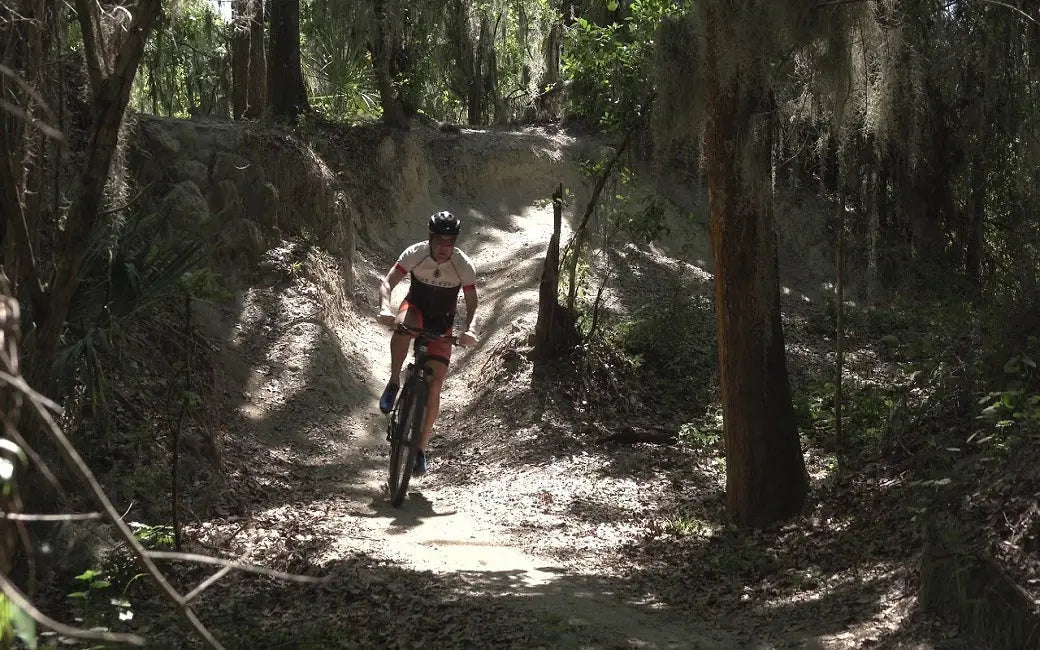
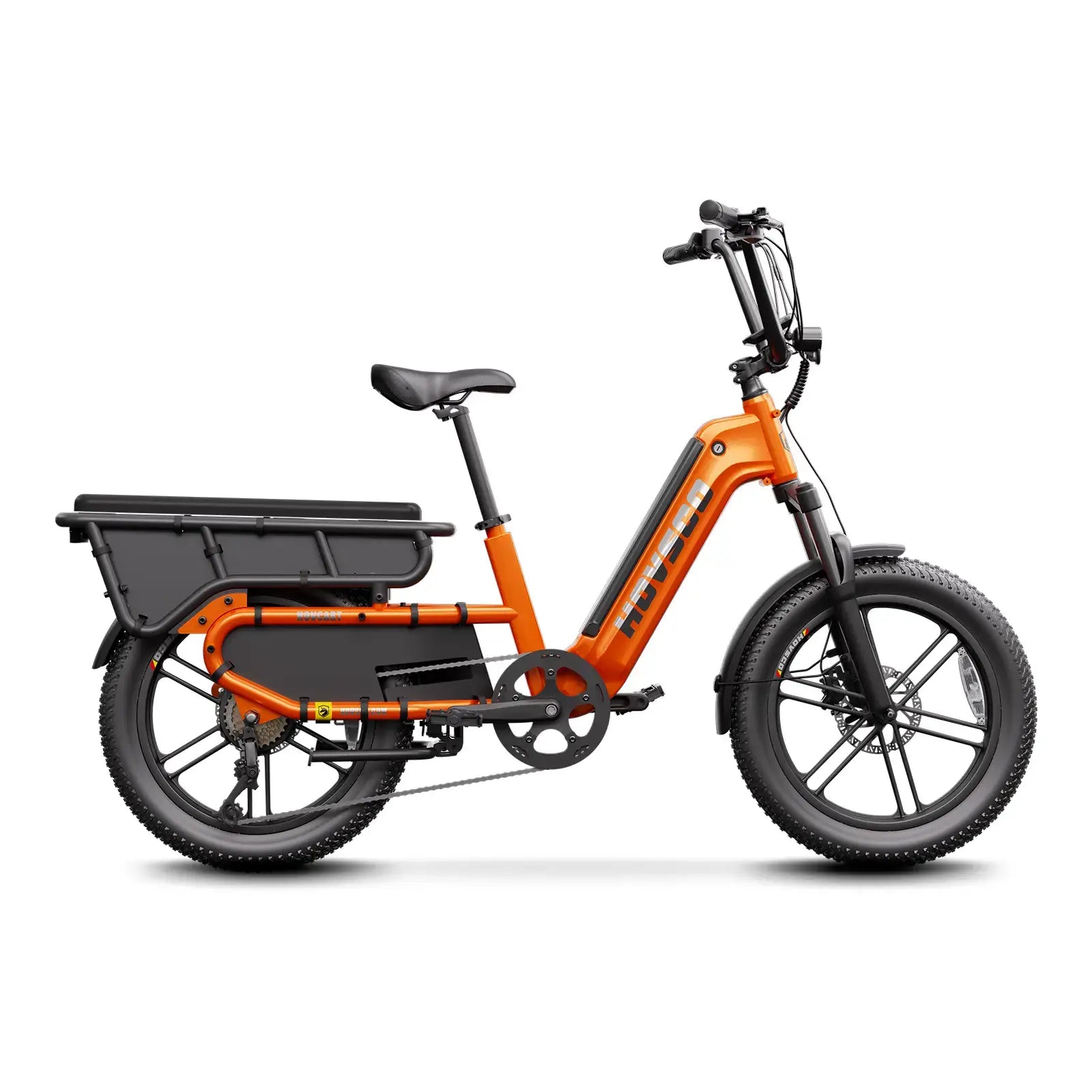
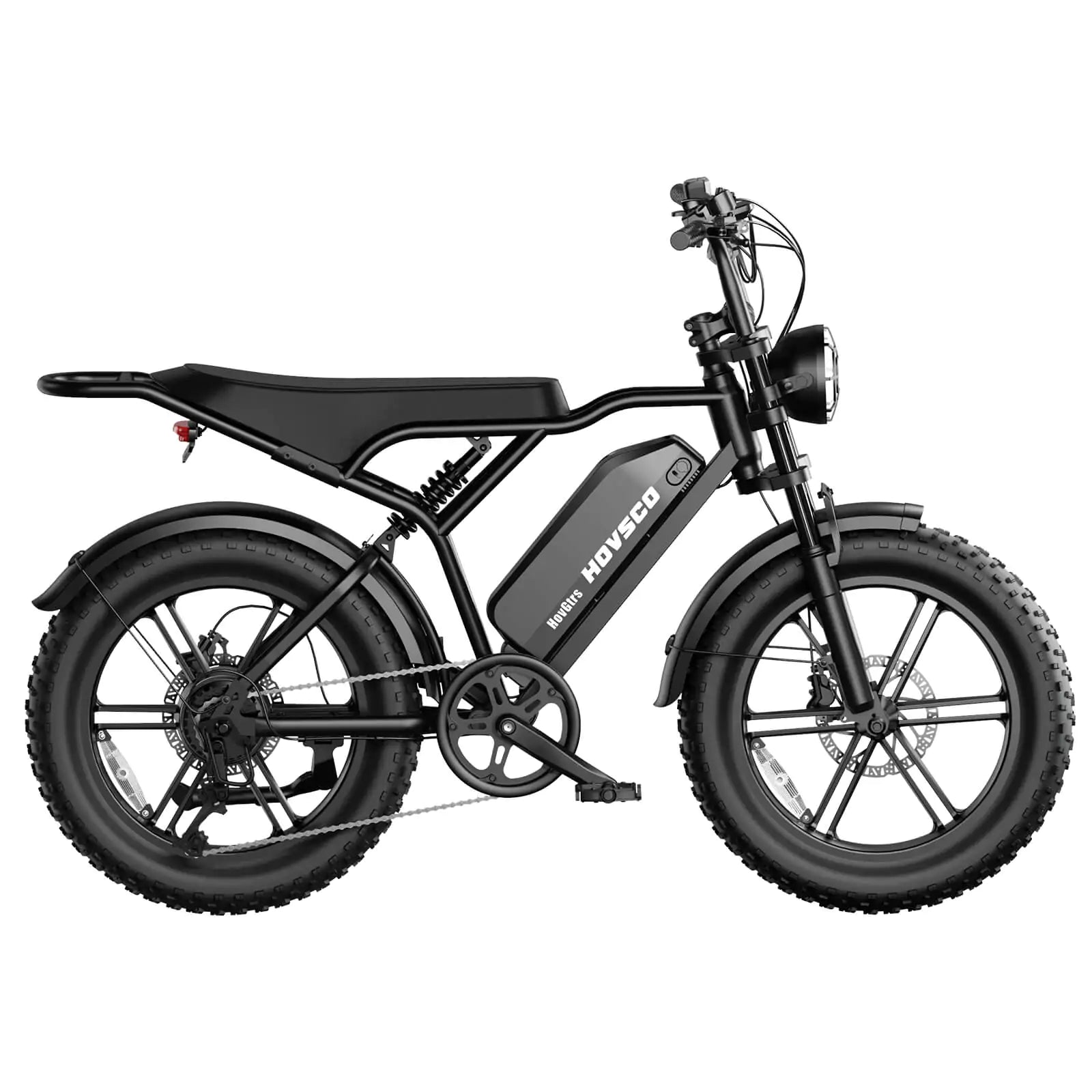
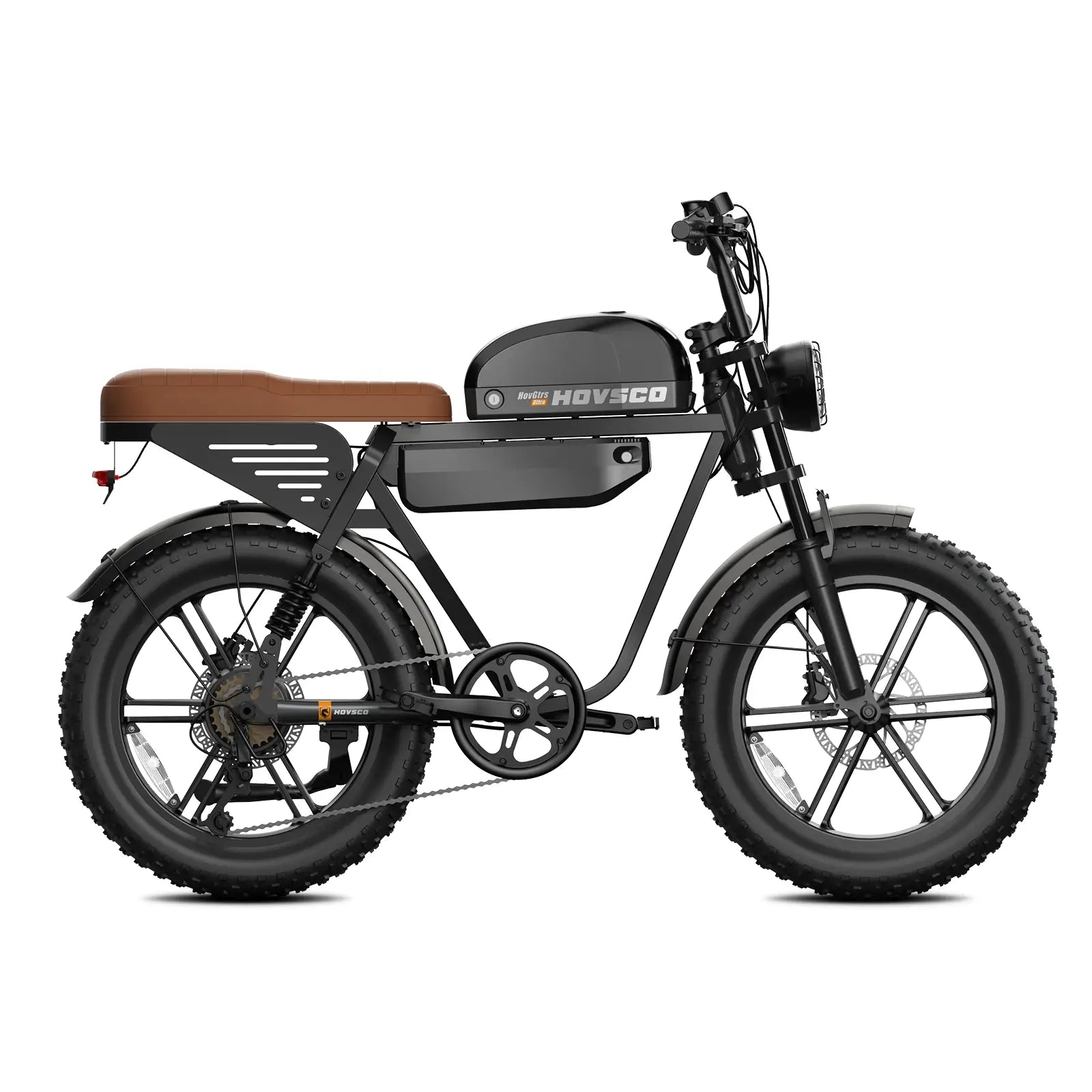
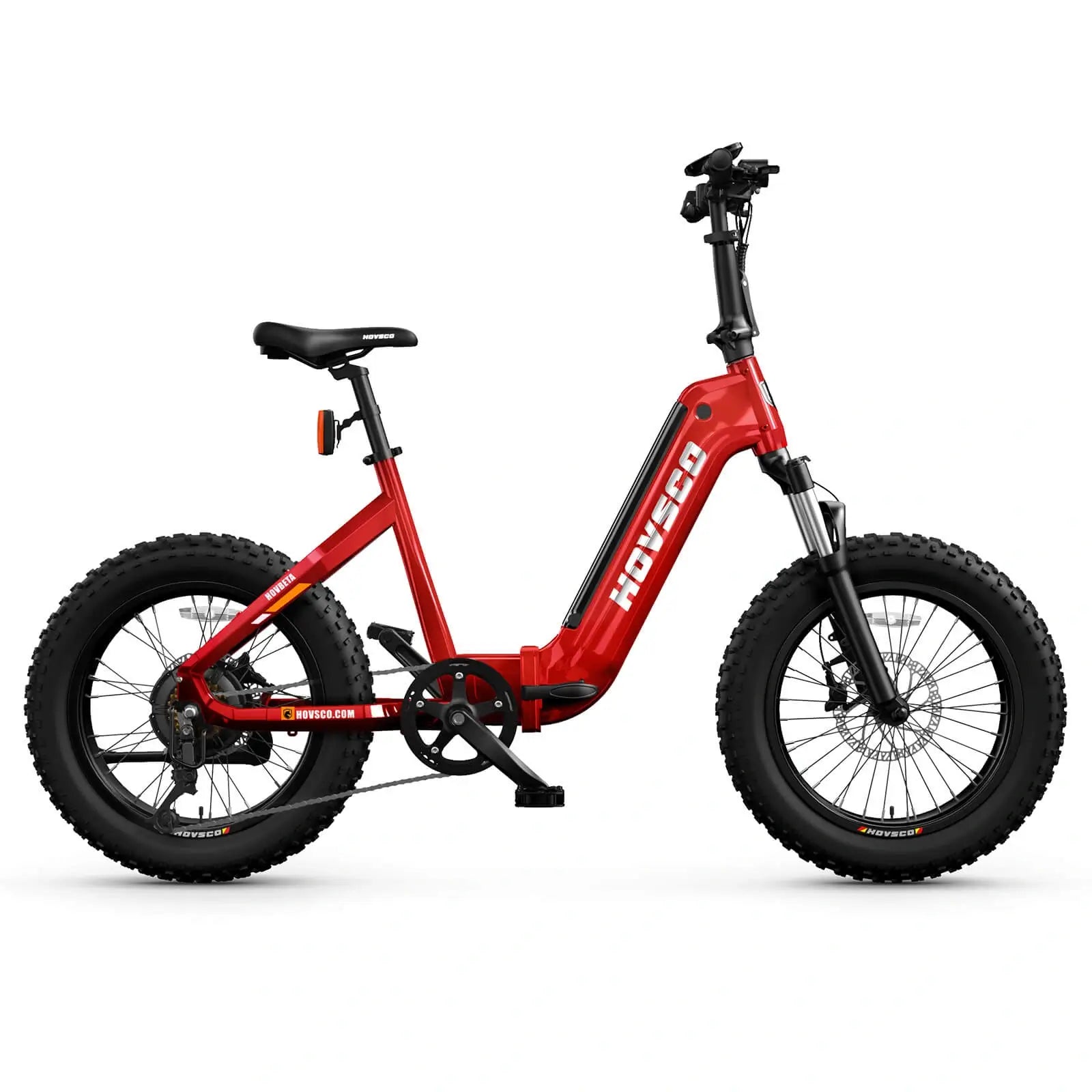
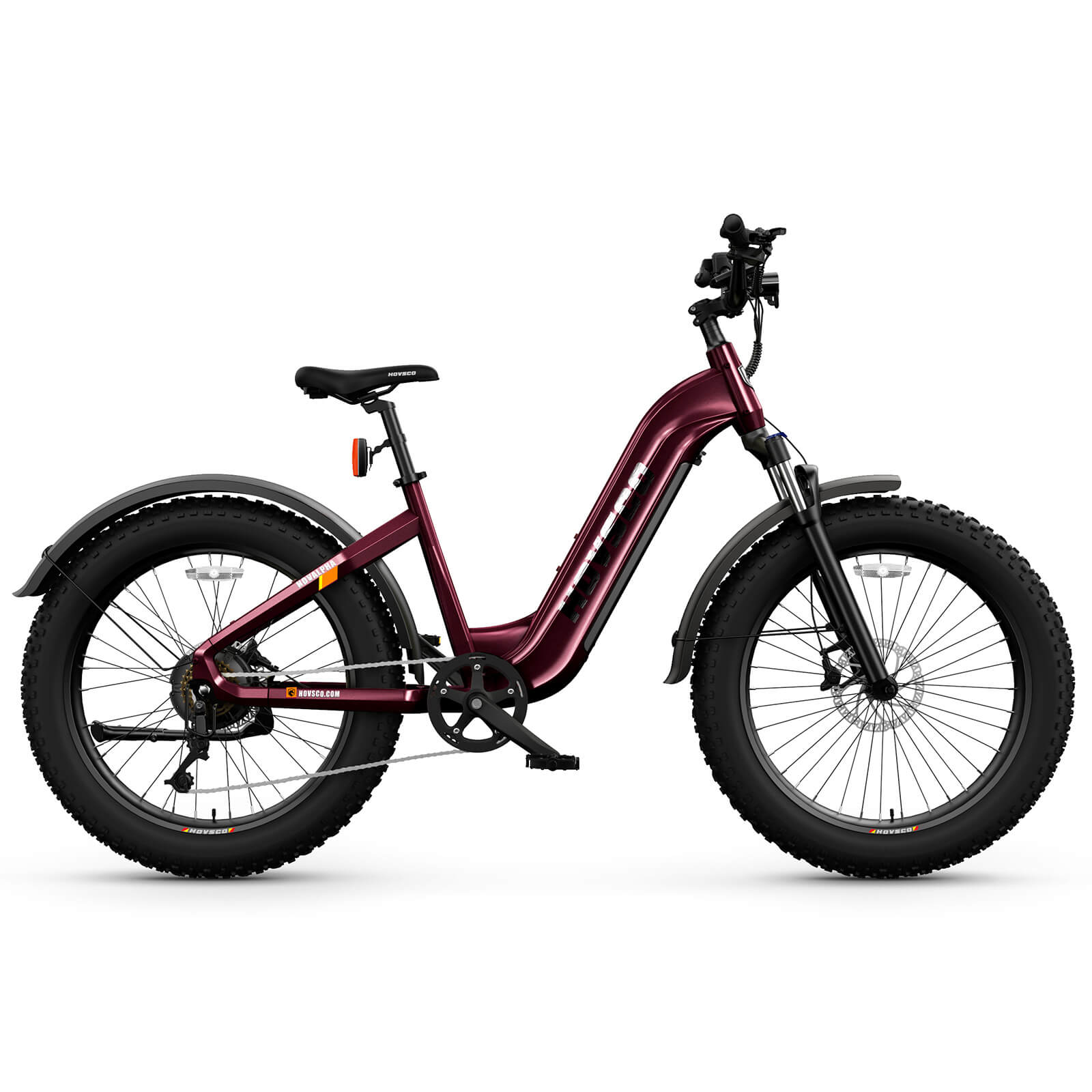
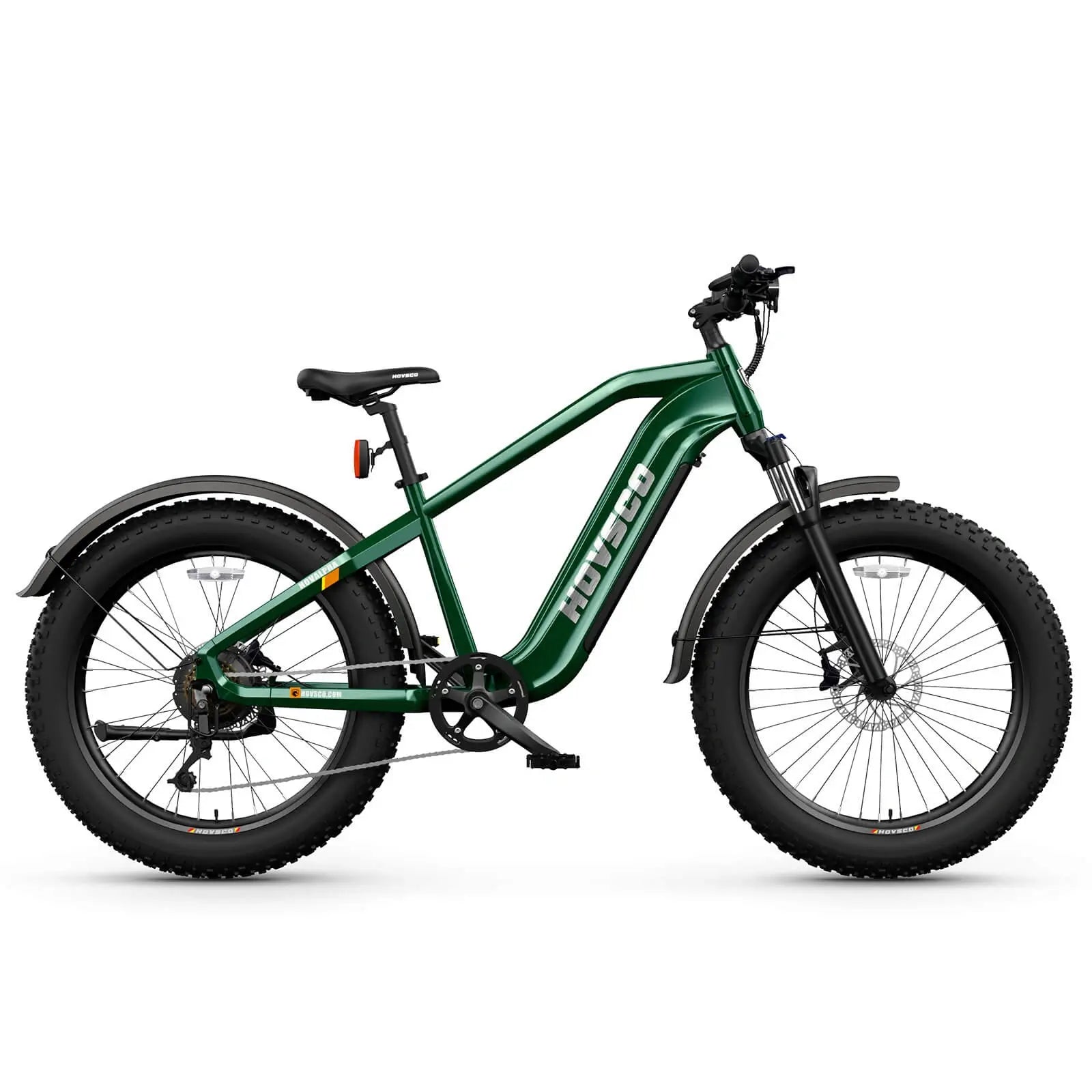
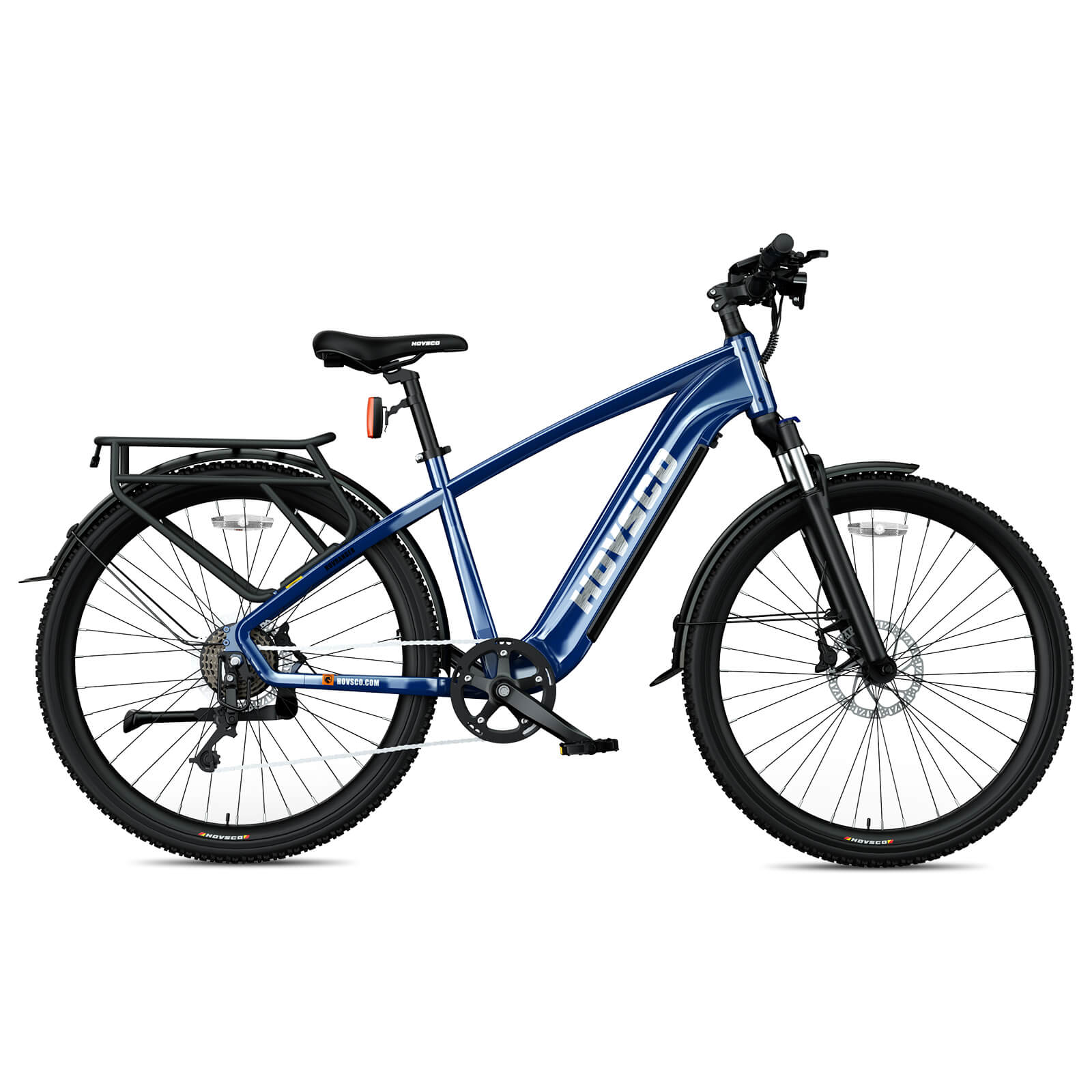
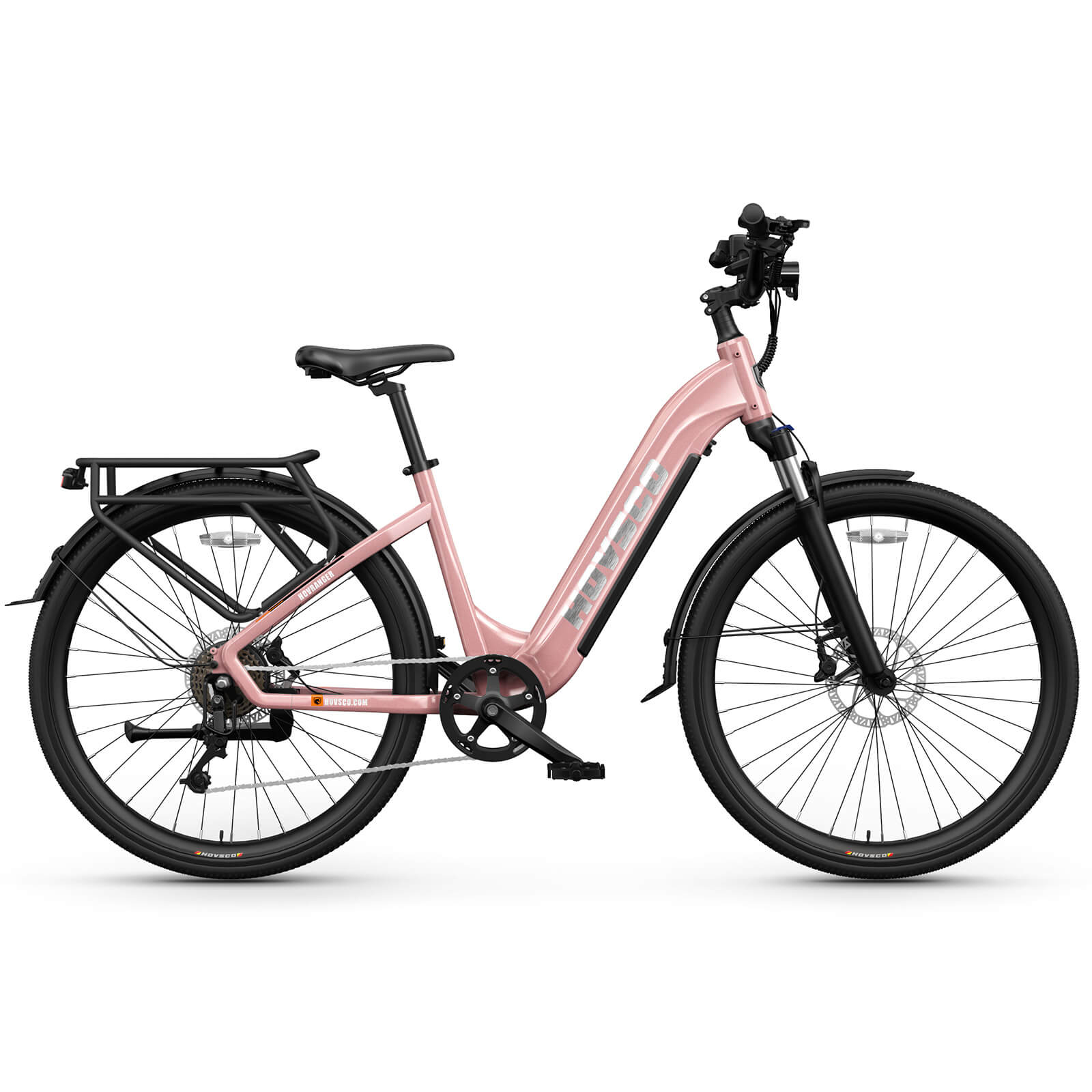
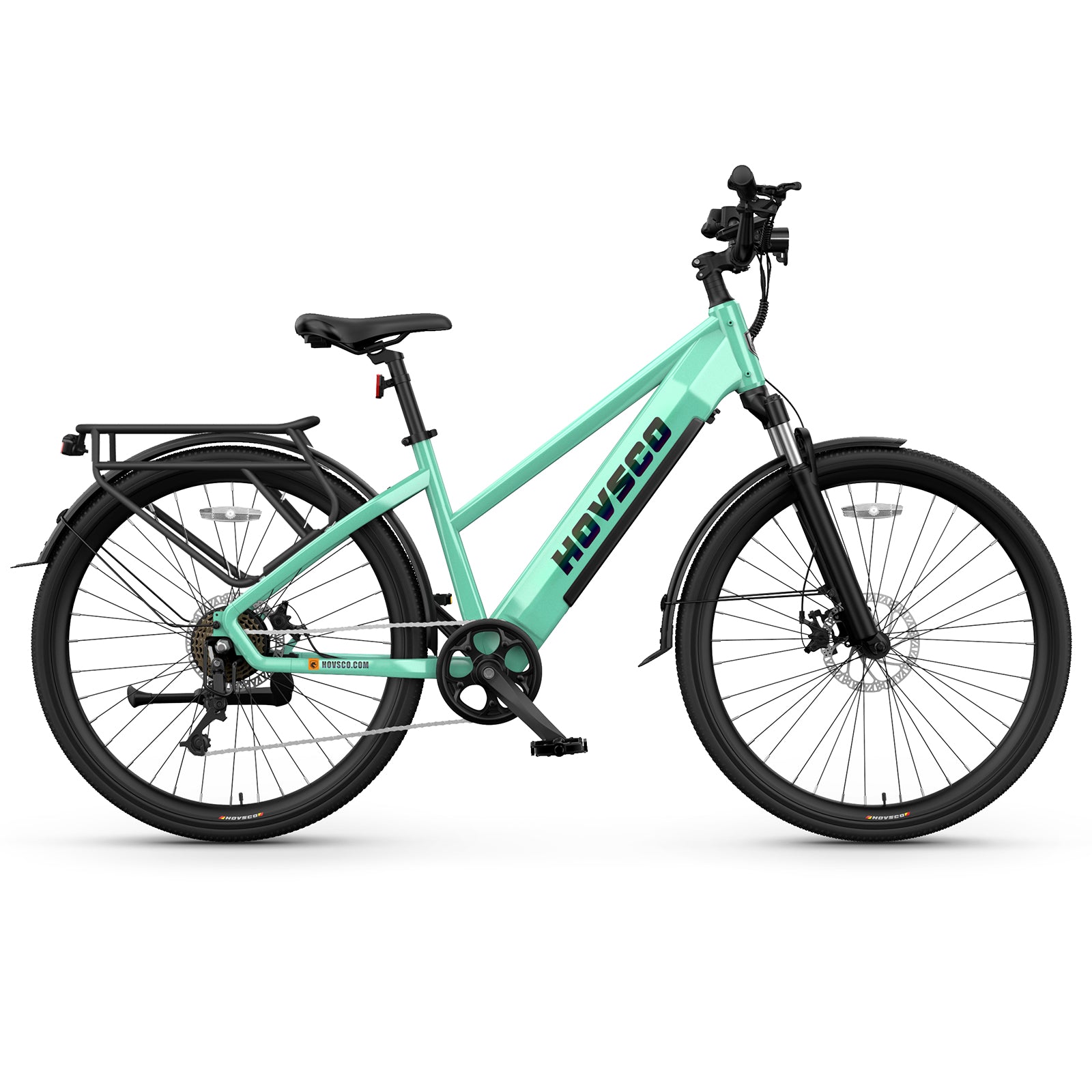
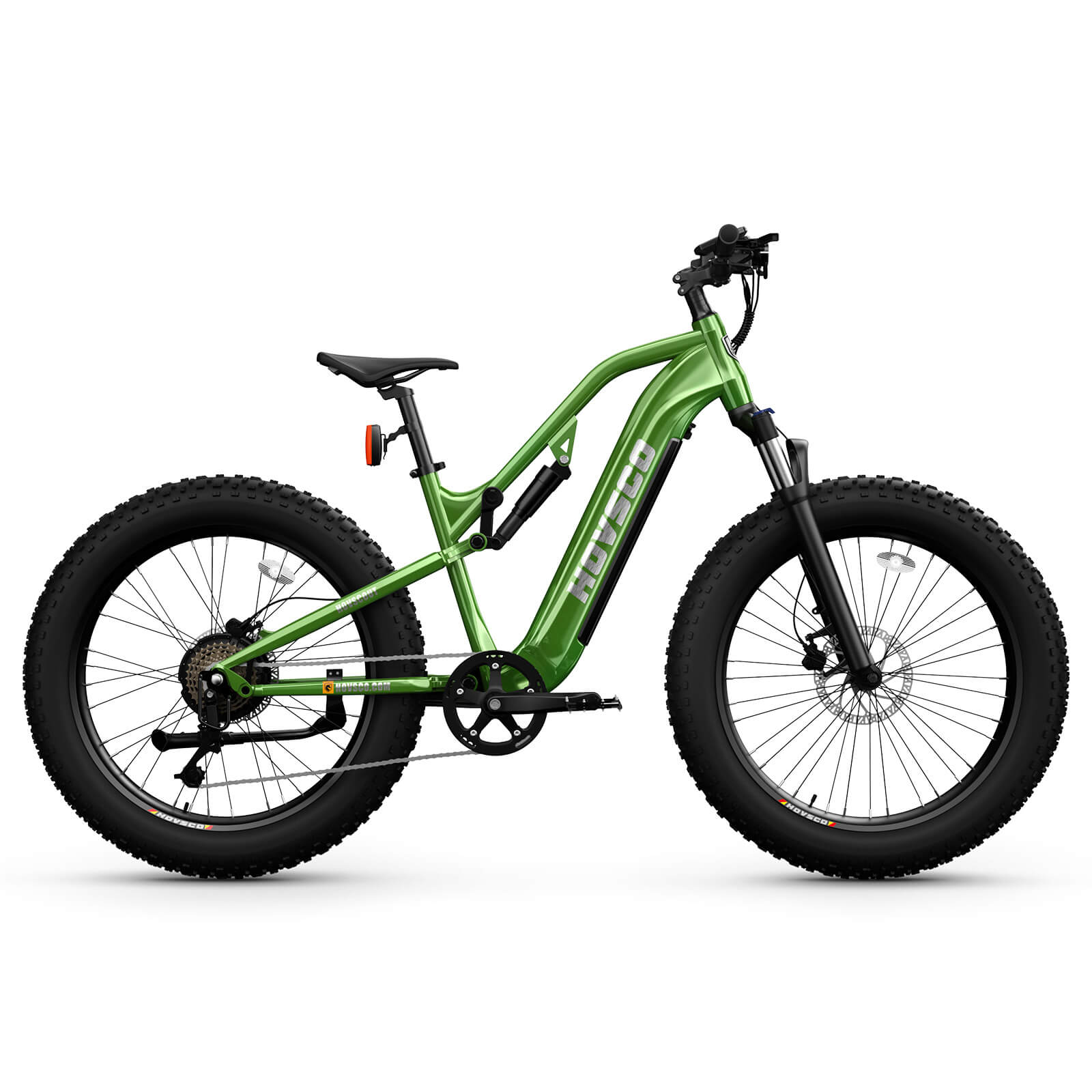
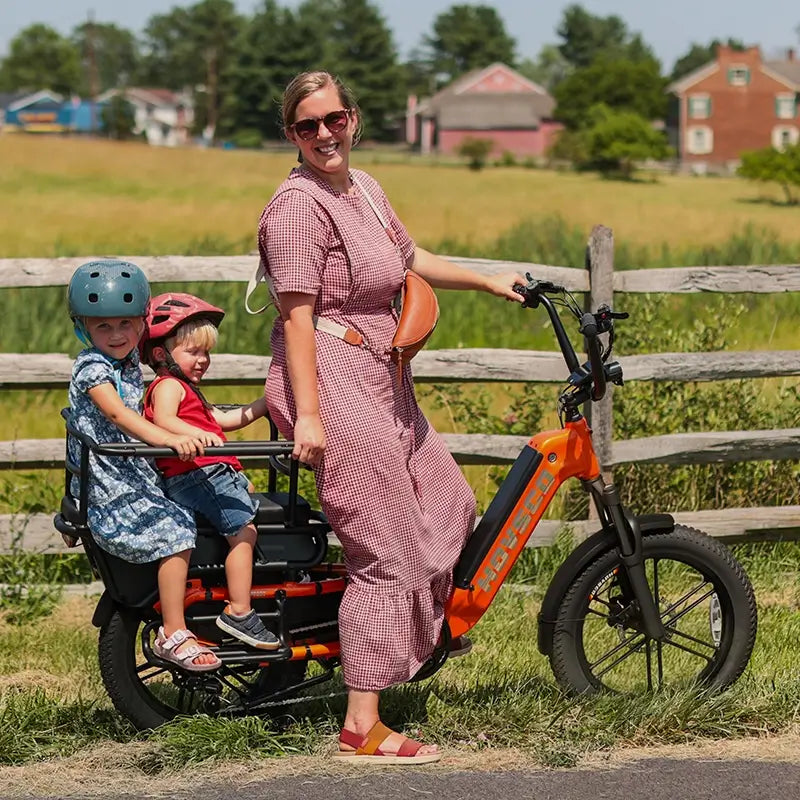
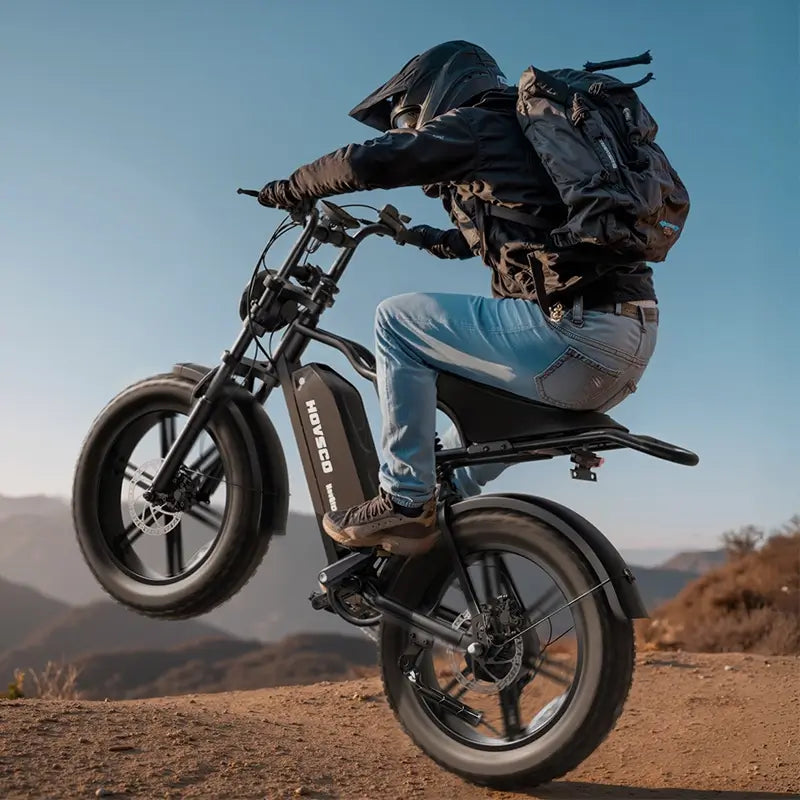
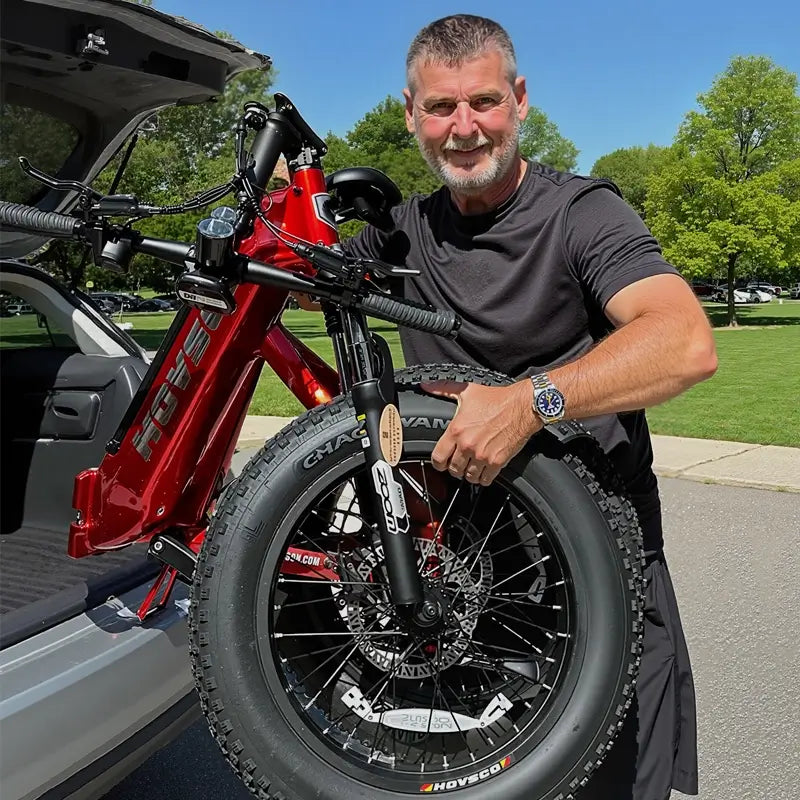
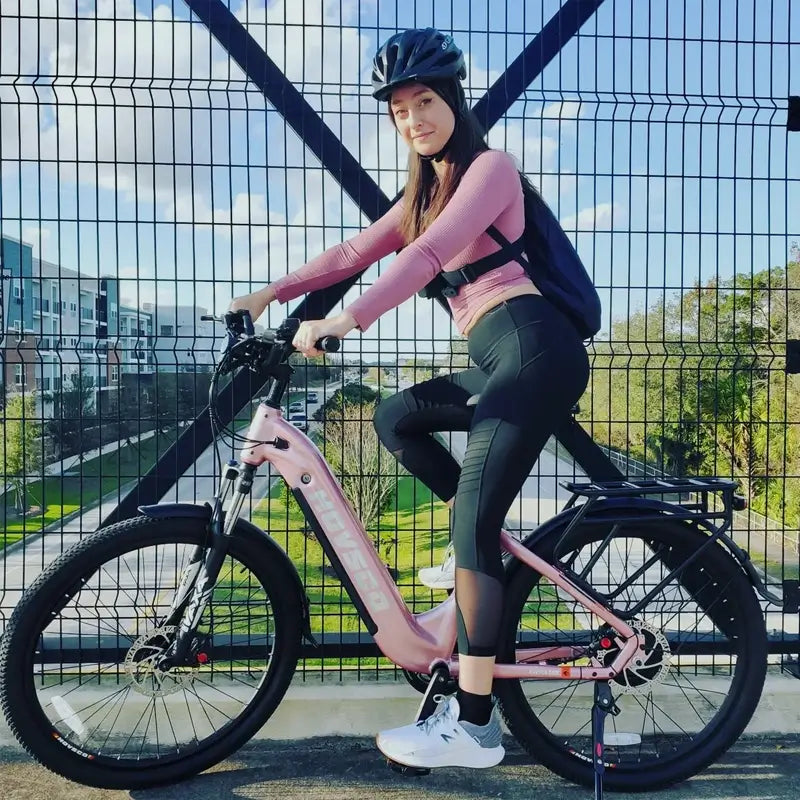
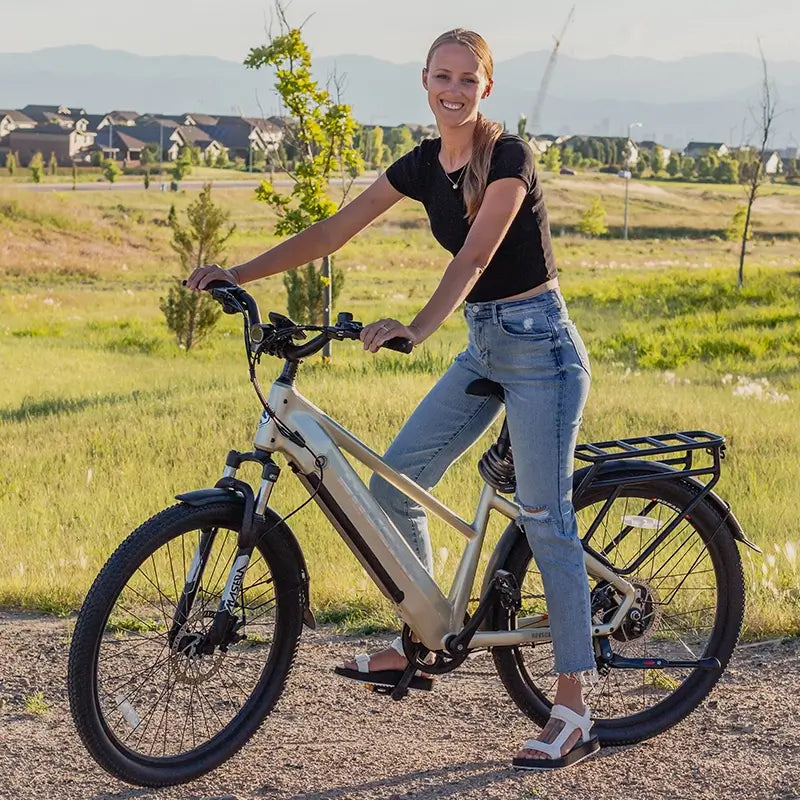

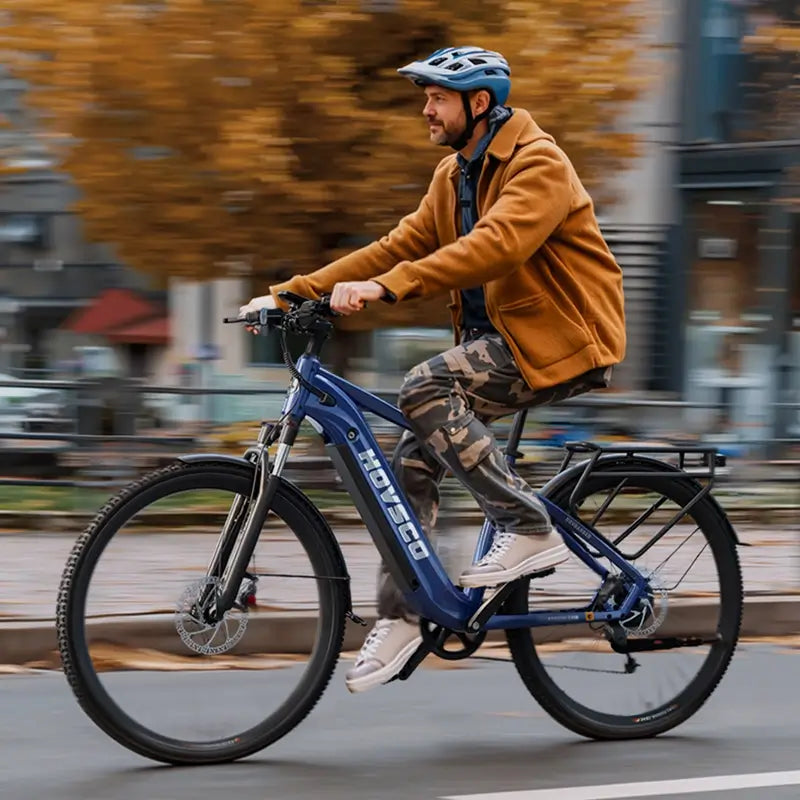
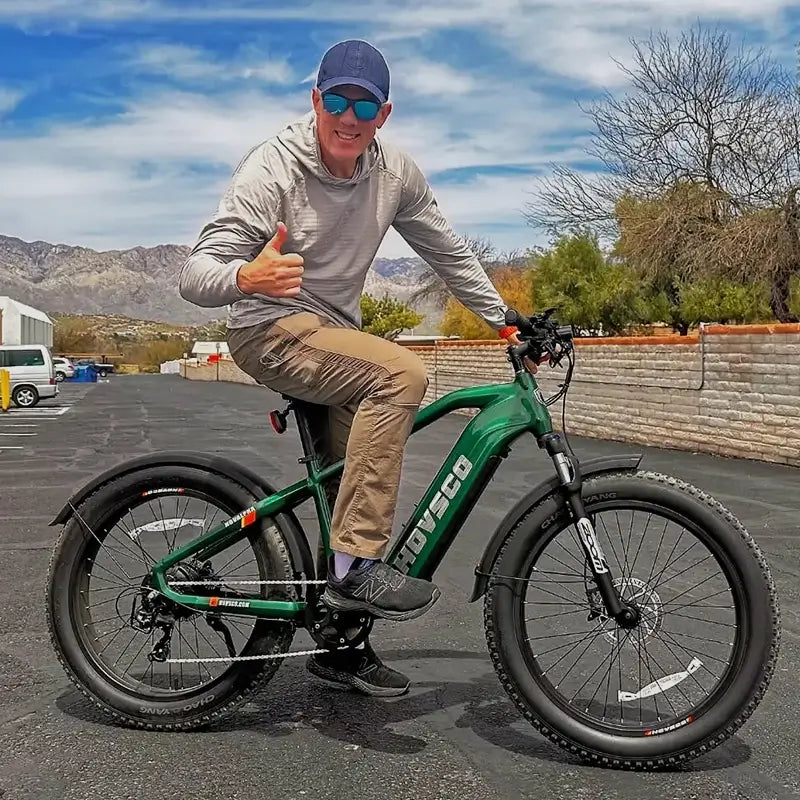
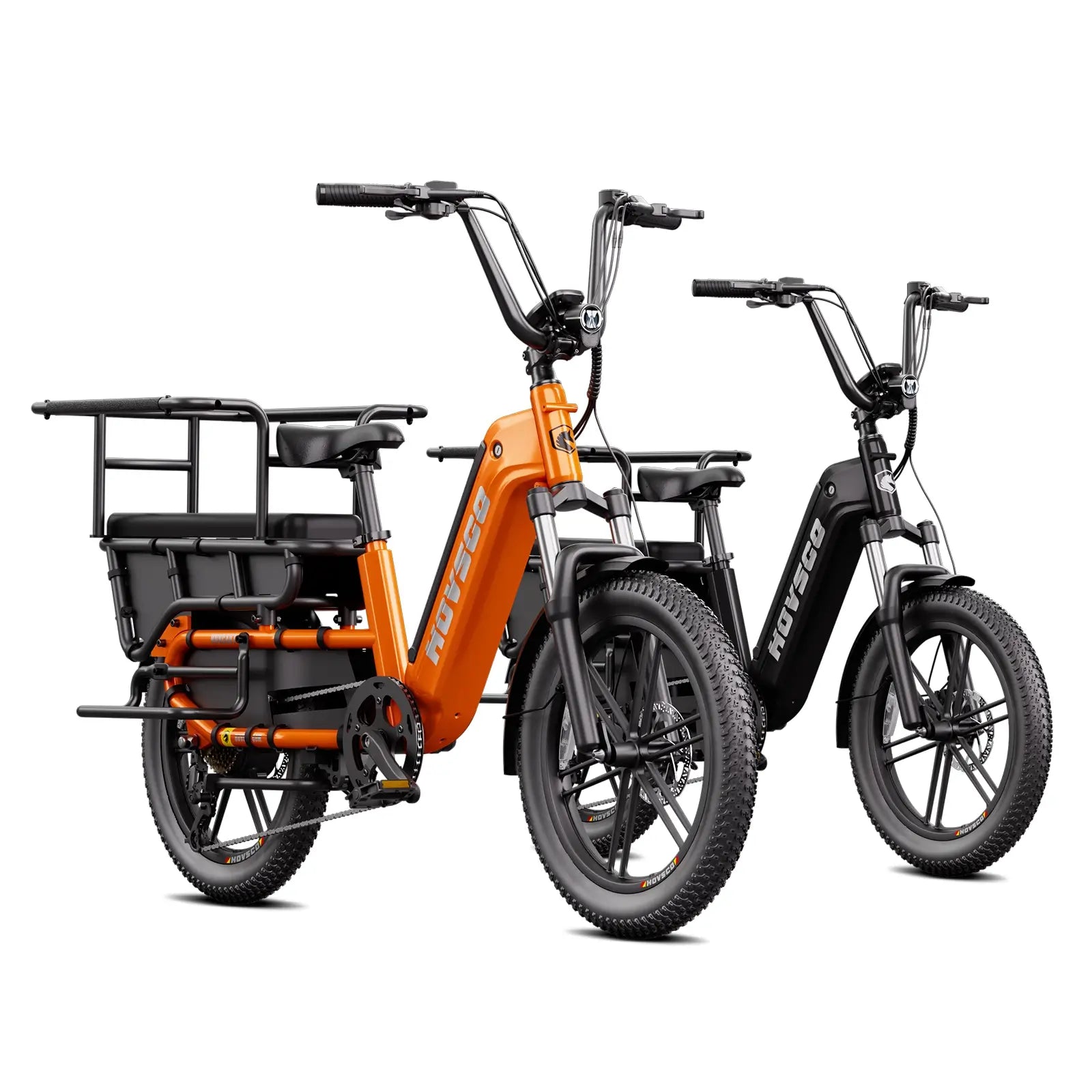
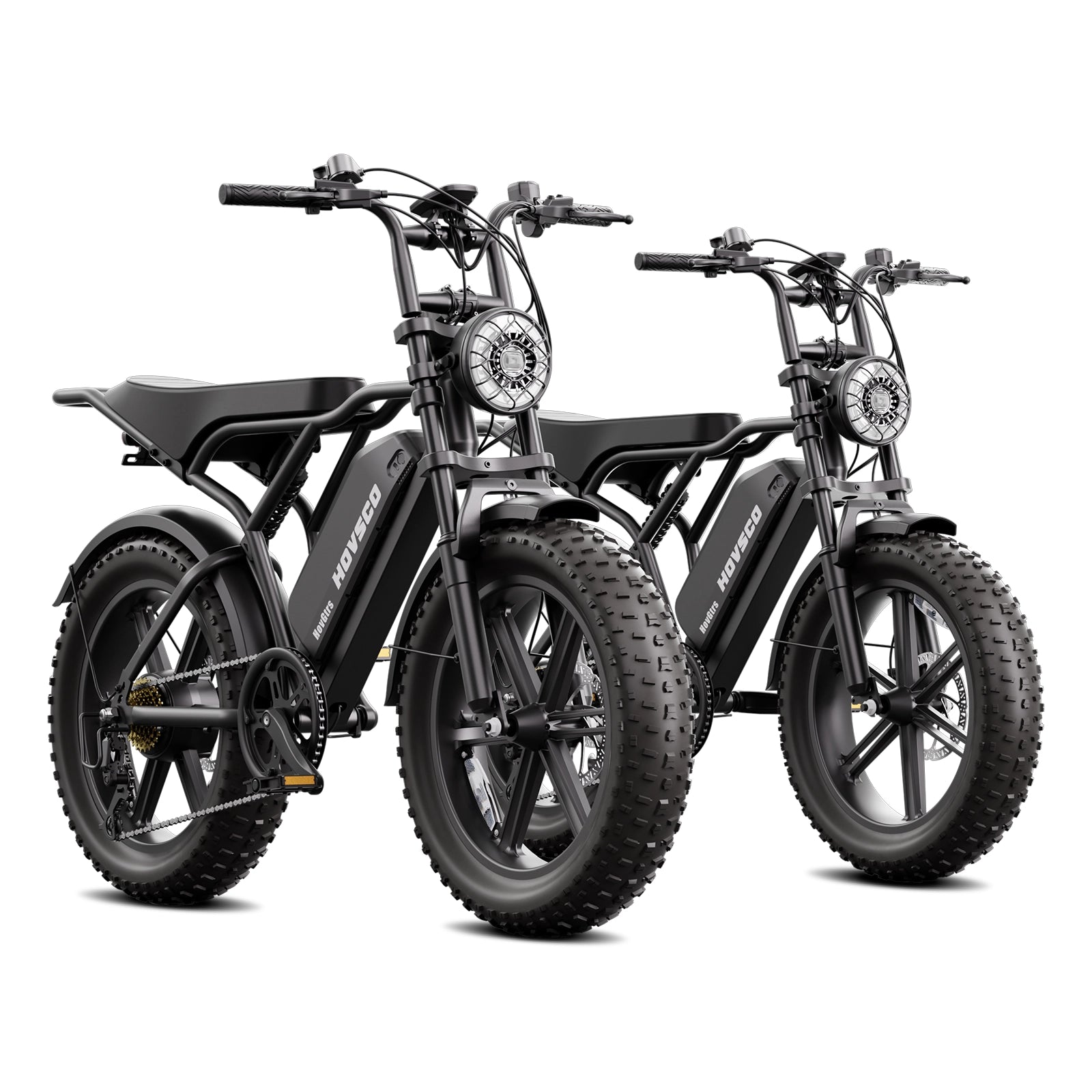
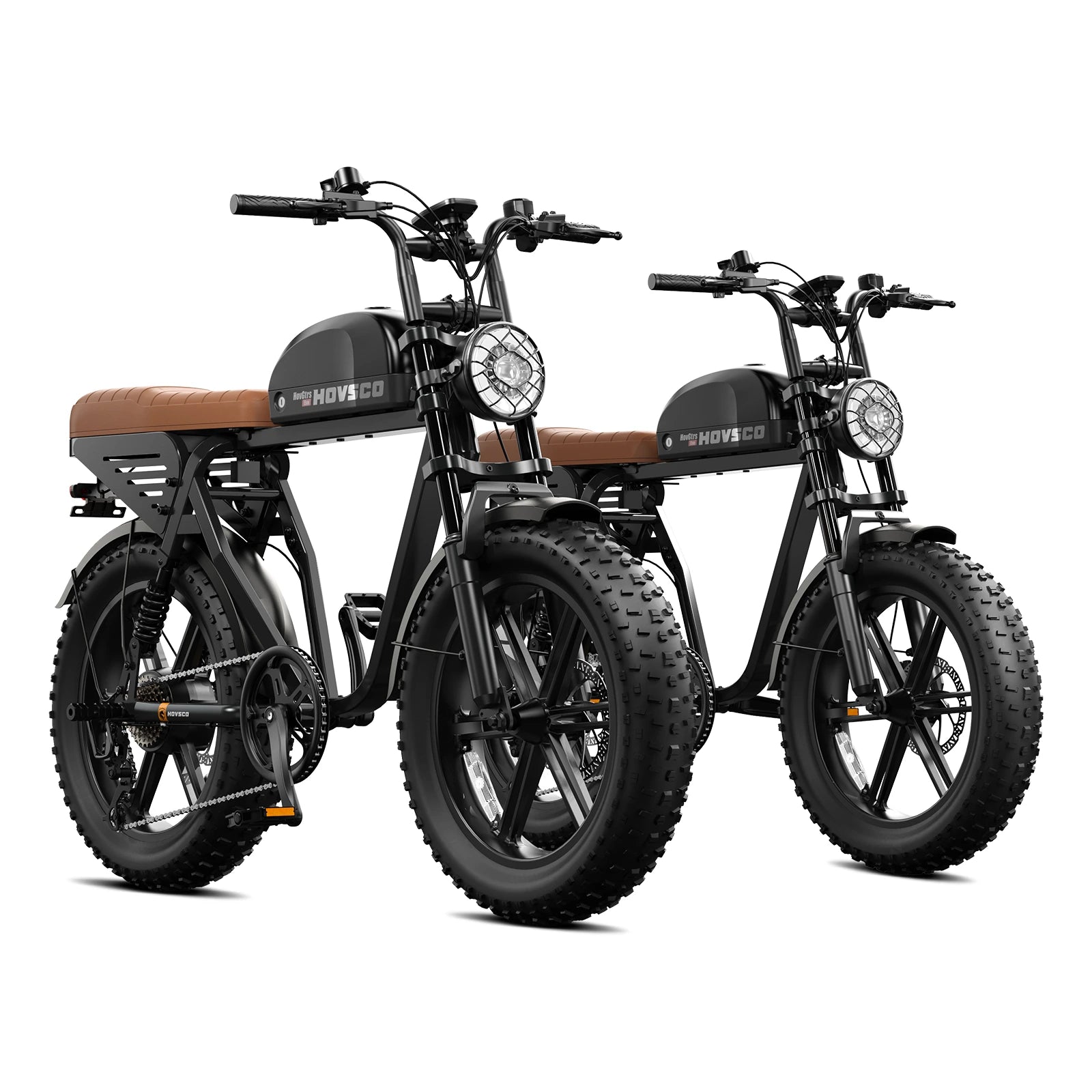
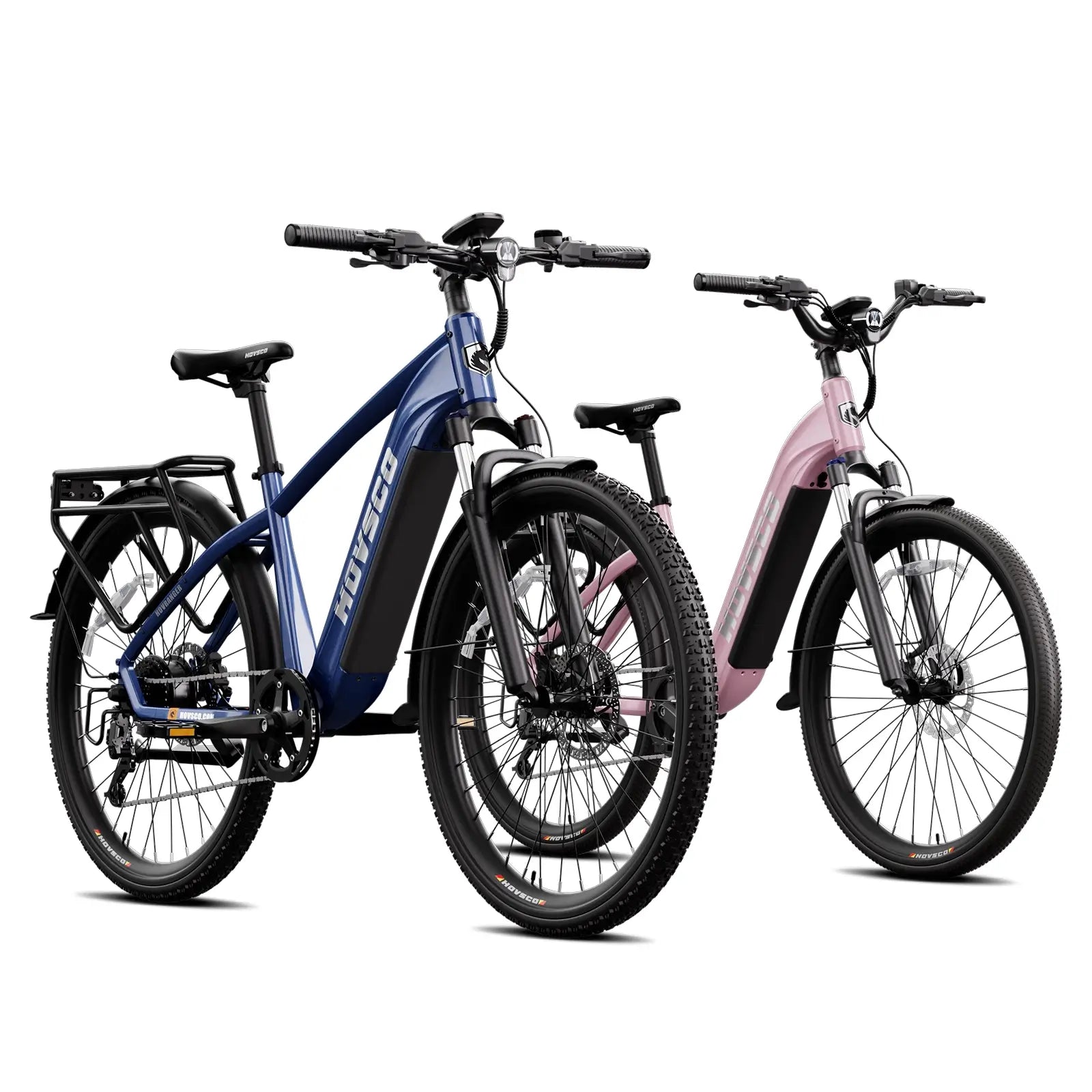
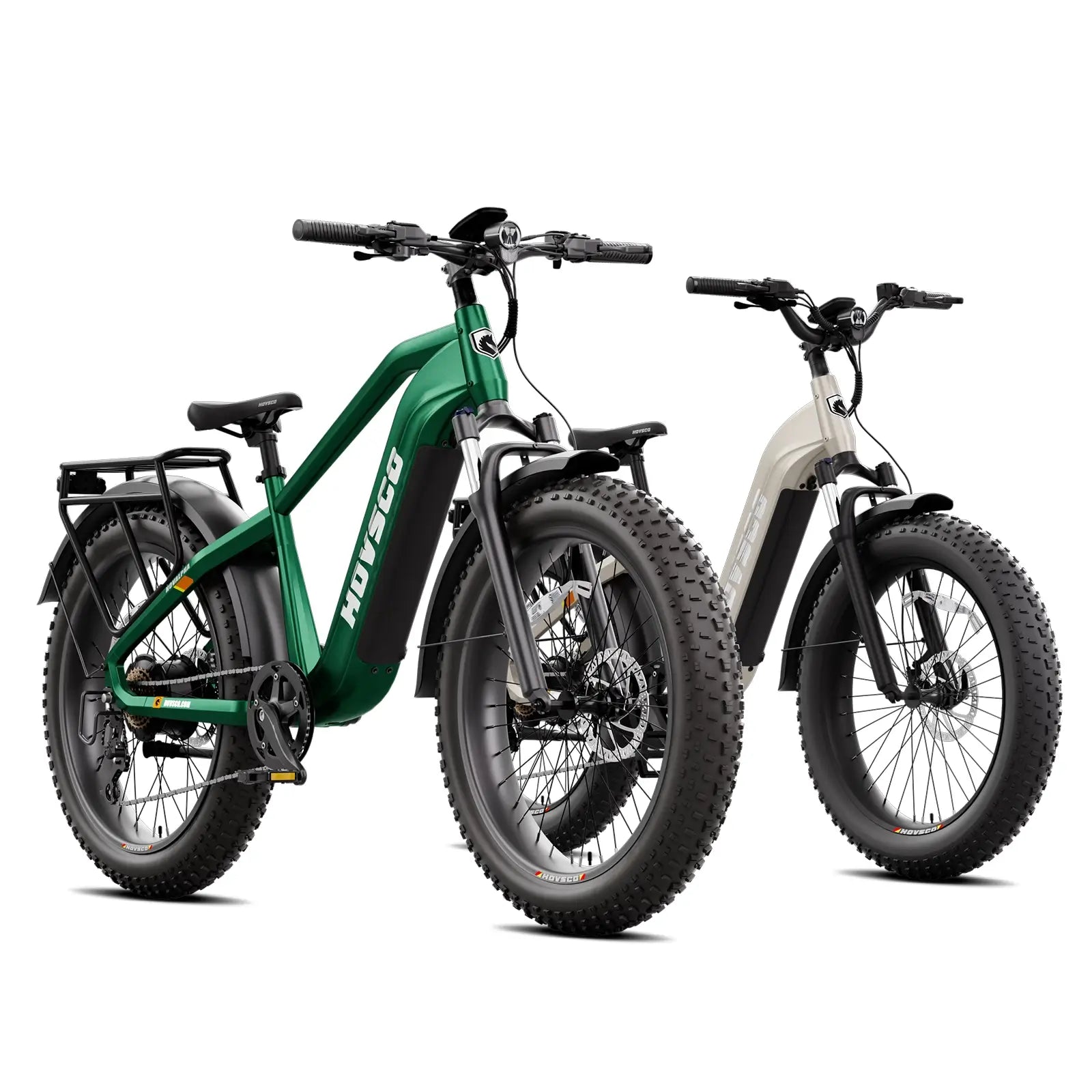
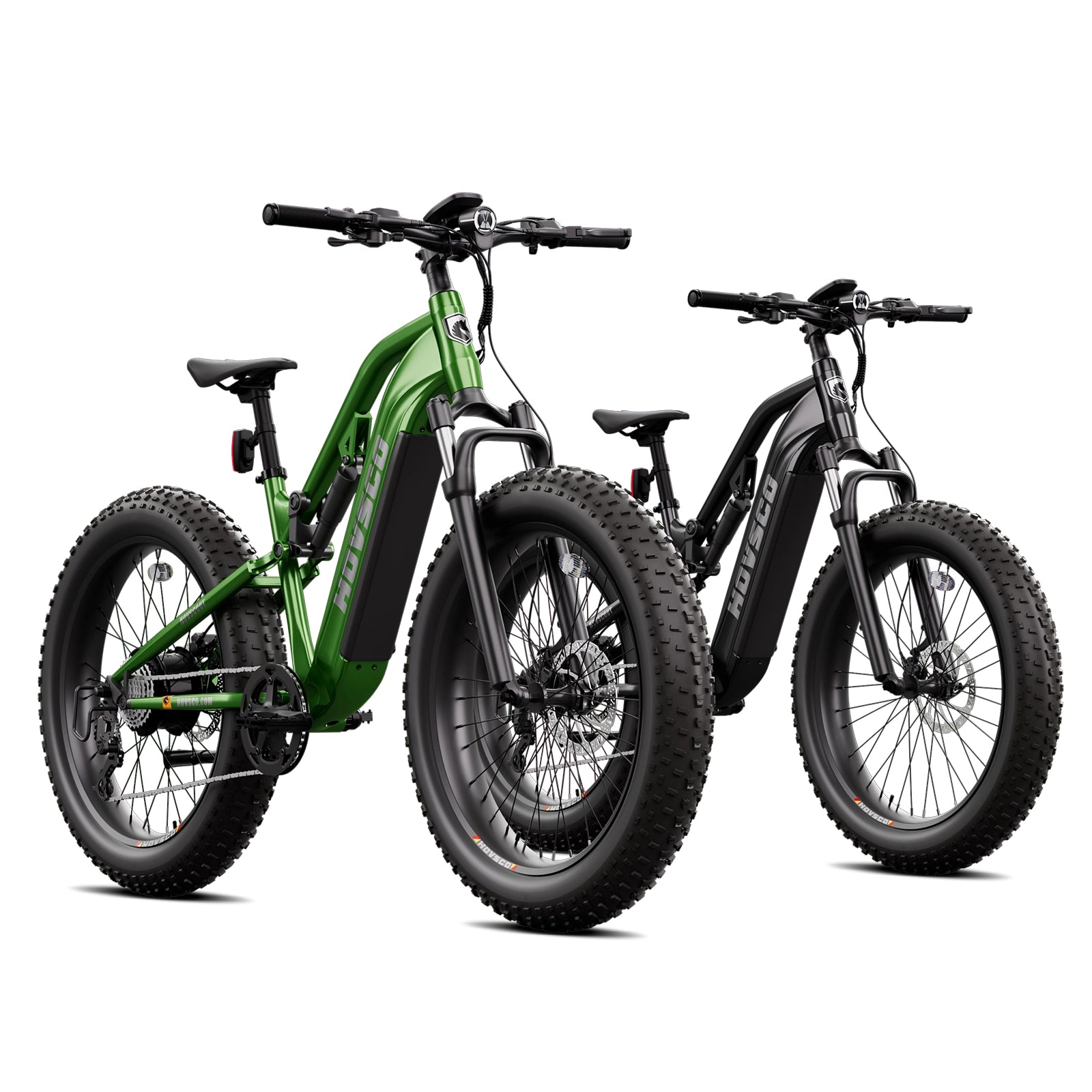

Share:
Will Soaring Global Oil Prices Affect Electric Bike Sales?
How Is HOVSCO’s Pre-sale Starting Soon a Game-Changer for E-Bike Enthusiasts?